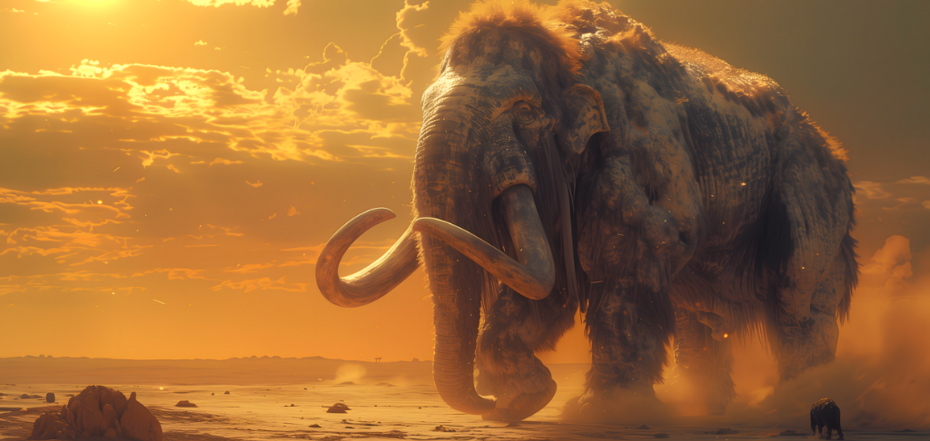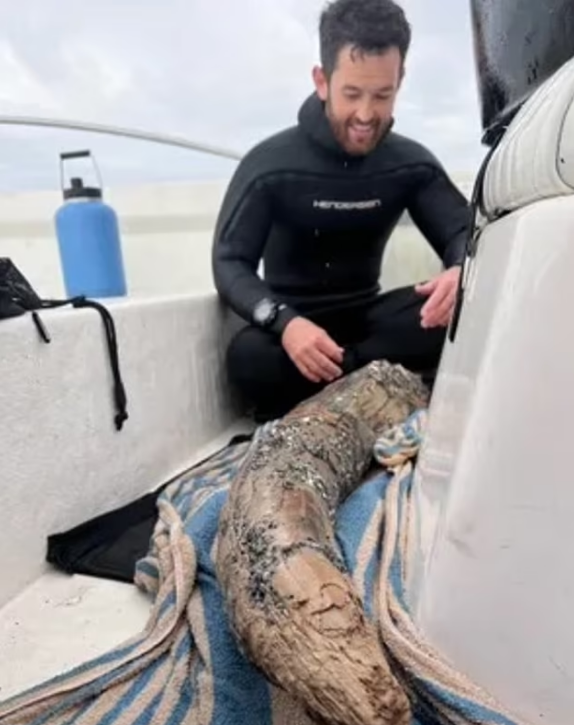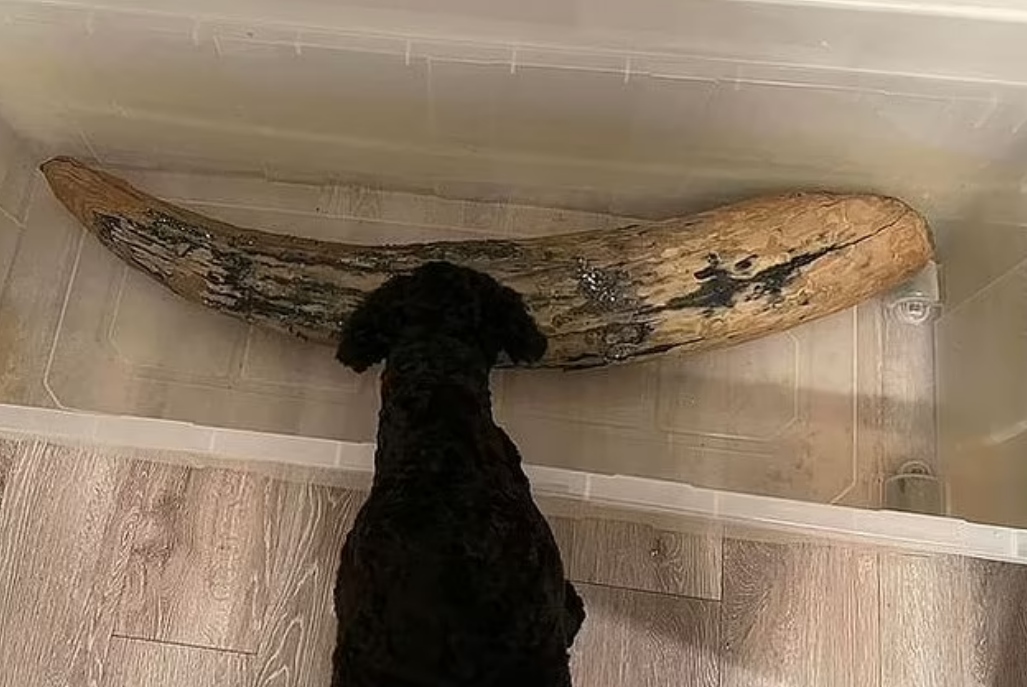News
Man discovers the remains of a prehistoric "monster" that lived 10 million years ago while diving off the coast of Florida
Alex Lundberg, 29, was diving with his friend near the beach when he pulled up a four-meter-long mastodon tusk from a depth of more than seven meters. This animal is a distant relative of the woolly mammoth that lived 10 million years ago.
An expert from the Bishop Bradenton Museum of Science and Nature confirmed the find, which is considered "ultra-rare" because only prehistoric shark teeth and broken off pieces of mammoth tusks are usually recorded in the area. The mastodon tusks, which are usually only a few inches long, sell for between $20 and $350. Alex Lundberg told the Daily Mail that the 27-kilogram find is worth about $5,000.
The man will have to report his find to the Florida Museum of Natural History to determine whether it has any scientific value. The scuba diver admitted that the mastodon tusk almost disintegrated when he picked it up from the sea day.
"When I first saw it, there was only a small strip in the sand. I started to shovel the sand and saw a cross-section and realized it was a whole tusk. We made a sling out of a beach towel and threw it over the side of the boat. It was absolutely surreal that it came up in one piece, and didn't fall apart at all," Alex said.
He also told USA Today that the tusk had probably been underwater for 10 million years. According to the American, "the tusk's actual age could be between 10,000 and 500,000 years old, based on other fossils that have been found in the area."
Lundberg said that the discovery was made last month near Manasota Beach near the city of Venice. He has explored the location many times.
"It's a once-in-a-lifetime find, so I've been told," he said.
Who are mastodons?
Mastodons are extinct relatives of modern elephants that were widespread in North America until about 10,000 years ago. The fossils are usually found in well-preserved sediments from the Pliocene period from 5.4 to 2.4 million years ago and the subsequent Pleistocene period, which lasted from 2.5 to 11,000 years ago.
Mastodon fossils, including tusks, bones, and skulls, are found in only four states in the United States: Indiana, Colorado, California, and New York, making its appearance in Florida incredibly unusual. Only about a dozen complete mastodon skeletons have been found in Florida, compared to more than 140 skeletons in New York State alone.
Lundberg will have to share his findings with the Florida Museum of Natural History after his fossil collection permit expires in six months. Then the museum will decide whether the tusk has scientific value or whether he can keep it, but the man hopes it will stay in his family.
"It has been laying on the ocean floor for at least the last 10 million years," he said.
Only verified information is available on OBOZ.UA Telegram channel and Viber. Do not fall for fakes!






























